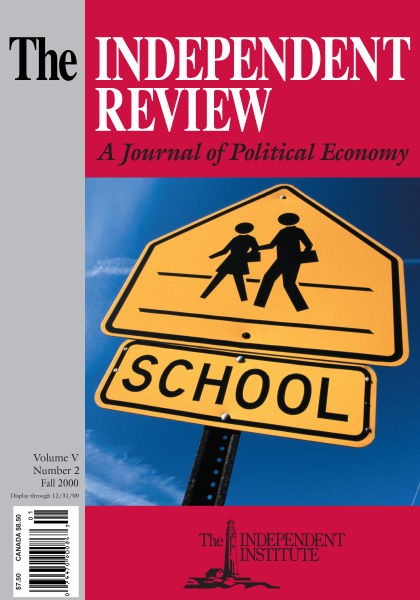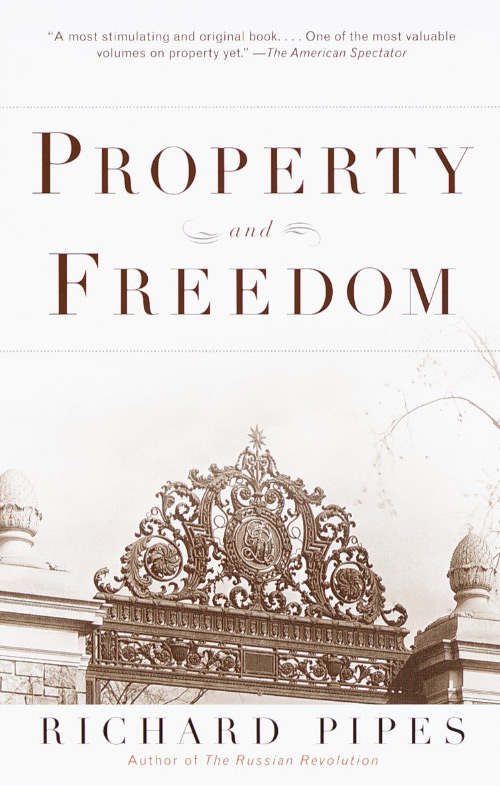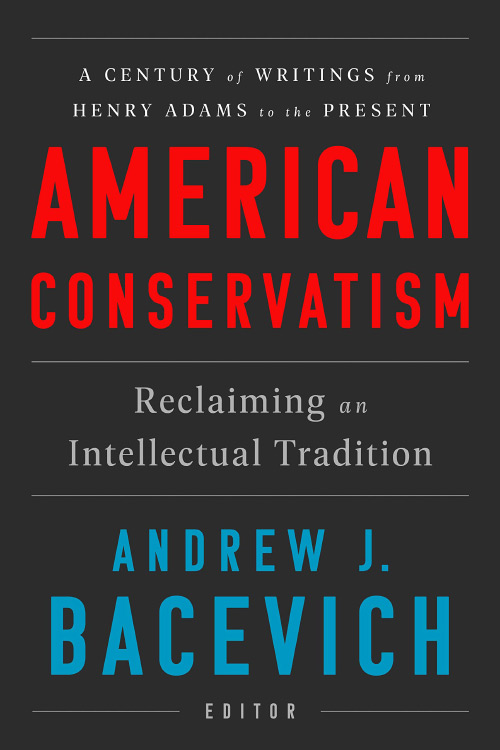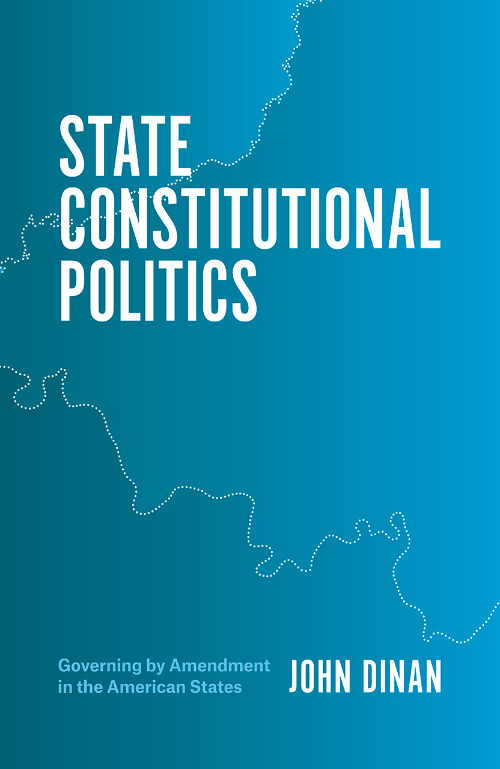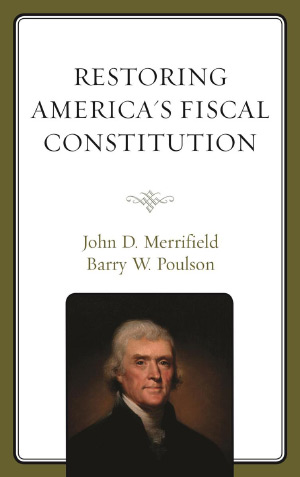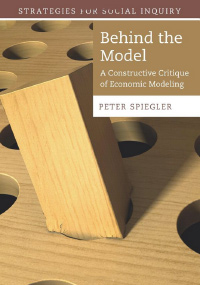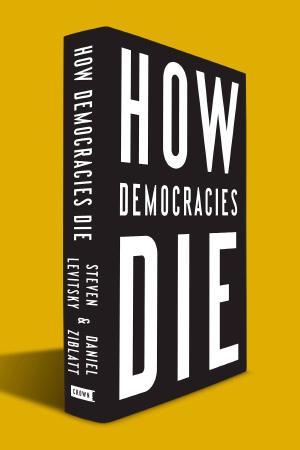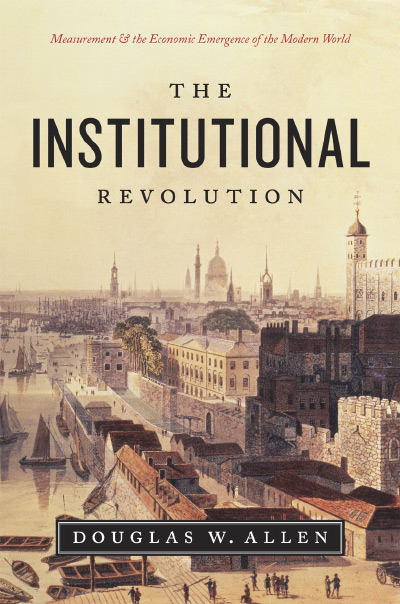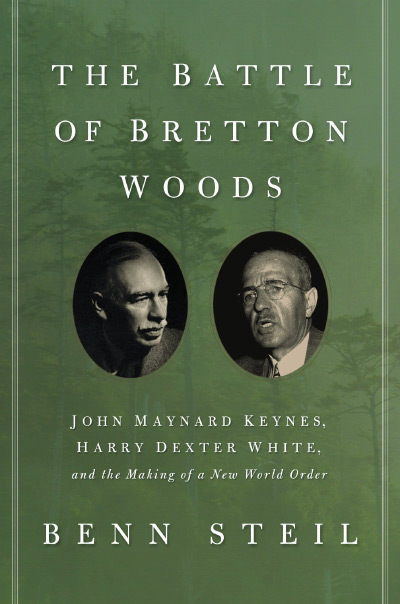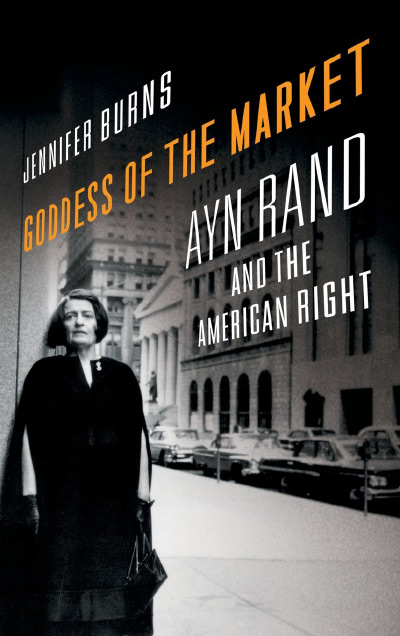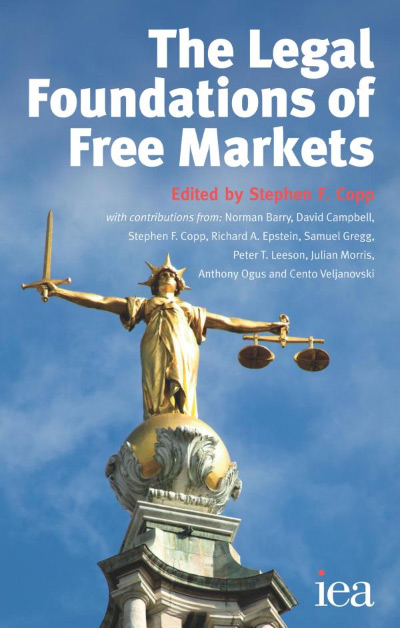Richard Pipes is best known as an important scholar of Russian and Soviet history. In Property and Freedom, he combines his mastery of Russian history with a much broader subject, the relationship between private property and liberty. Relying primarily on the histories of England and Russia, Pipes makes a compelling argument that freedom and private property are intimately linked. As he puts it, “While property in some form is possible without liberty, the contrary is inconceivable” (p. xiii). The close link between property and liberty has been noted before (as Pipes himself admits), but the connection has most often been explored by economists and philosophers rather than by historians. The real strength of Pipes’s book, therefore, lies not so much in the originality of his thesis as in the force of his historical examples.
Pipes begins his investigation with a brief but useful survey of some of the common but frequently vague terms he uses in the book. The term property, he explains, has several levels of meaning, the broadest of which can “encompass everything that properly belongs to a person . . . including life and liberty” (p. xv). It is this broad understanding of the term property that “provides the philosophical link between ownership and freedom” (p. xv).
Chapters 1 and 2 are entitled “The Idea of Property” and “The Institution of Property.” The first is a kind of intellectual history of the development of the concept of property, and the second is a historical narrative of how the institution of property developed. Both chapters provide clear, concise reviews of the main points of each history, including well-chosen examples from the historical and anthropological literature. In the explication, Pipes employs a Lockean interpretation of the origin and relationship between property, the state, and society. The development of property, for example, preceded the state, which exists as the guarantor of private-property rights and hence (in a view bound to upset anarchists and many libertarians) the guarantor of individual liberty (p. 117).
Chapters 3 and 4 illustrate different ways in which two specific states, England and Russia, actually developed historically. These case studies are the strongest part of the book. Pipes marshals an impressive battery of evidence to demonstrate how in England the importance of private property led steadily to the development of a strong spirit of individual freedom and a vigorous democratic tradition. The English propertied classes represented a potential source of tax revenue for the monarchs, who therefore had to deal, in one way or another, with Parliament. The strength of the English Parliament, especially the House of Commons, grew as a direct result of the monarchs’ increasing need for money. Thus, in England, the strongly rooted institution of private property forced the monarch to come to terms with property owners through their elected representatives in Parliament.
The history of Russia is so different from that of England, Pipes argues, largely because of the historically weak tradition of private property in Russia. Pipes uses the Weberian concept of a “patrimonial” state to describe Russia. Unlike their counterparts in England (or, indeed, in western Europe in general), the Russian monarchs historically considered themselves and were considered by others as not only the rulers but the owners of their realm. Although private property existed, it did not exist independently of the state, but “emanated from it” in the form of isolated, sometimes even arbitrary, grants by the ruler to individual subjects (p. 161). Because the Russian nobles (and everyone else, for that matter) held their property at the sufferance of the state, the czars had no great incentive to work with a parliament. In Pipes’s formulation, the lack of a strong tradition of private property led to a retardation in the development of the idea of individual liberty and to the absence of powerful representative institutions for most of Russian history.
The final chapter, “Property in the Twentieth Century,” picks up the historical narrative appoximately where the two case studies end. During the twentieth century, the institution of private property comes under relentless attack, first from the totalitarian ideologies of fascism and communism and, finally, from the welfare state. Pipes makes a strong argument that the welfare-state policies that have emerged in western Europe and North America over the past several decades (including the increasing acceptance of the concepts of “positive rights,” “entitlements,” government “takings,” and so forth) undermine private property and, hence, individual liberty.
Pipes continues with this theme in the last section of the book, entitled “Portents.” Neither a conclusion nor an epilogue, this section amounts to a warning of coming disaster if the antipropertarian spirit of the welfare state is not checked. Pipes cites Tocqueville in stressing the dangers of a despotic democracy in which, as Tocque-ville described it, the “nation is reduced to be nothing better than a flock of timid and industrious animals, of which the government is the shepherd” (p. 292).
Overall, Property and Freedom is a fine book, but I found one aspect of it troubling. Although the bulk of the book is a comparative study of English and Russian history, the claims that Pipes makes in his introduction transcend the historical experiences of both England and Russia. That is, he argues for the universality of the link between property and freedom but focuses on the histories of two Christian, European states. He seems to recognize this difficulty and is a good enough scholar to acknowledge that he does not have a sufficient mastery of the history of many parts of the world (Islamic civilization, for example) to incorporate a non-European case study into his examination. So, quite sensibly, he concentrates on two countries about which a tremendous amount has been written and about which he knows a great deal. Unfortunately, by relying on those two cases while ignoring virtually the entire non-Christian world, Pipes makes arguments that are immediately open to the charge that they apply only to Christian, European civilization.
Notwithstanding this shortcoming, Property and Freedom is an important contribution. By providing two very closely argued historical case studies, Pipes has issued a kind of invitation (challenge?) to historians with expertise in other civilizations or national histories to corroborate or refute his thesis. If he successfully provokes such further studies, he will have advanced the discussion of the link between property and liberty even more significantly.
| Other Independent Review articles by Peter Mentzel | |
| Fall 2017 | Chaos and Utopia: The Anarchists in the Russian Revolution and Civil War |

